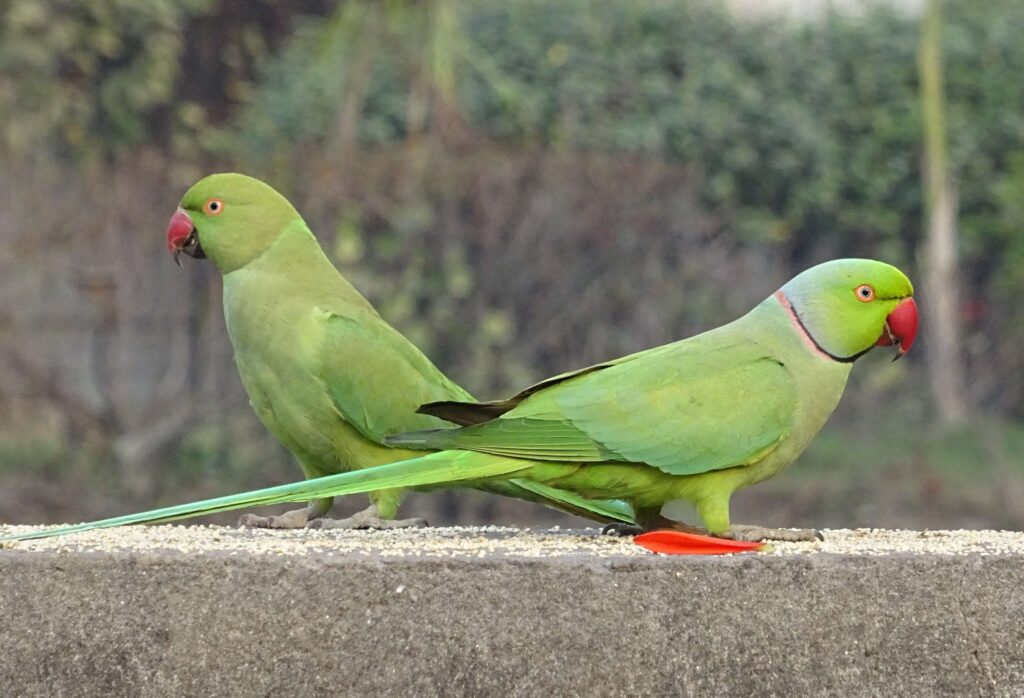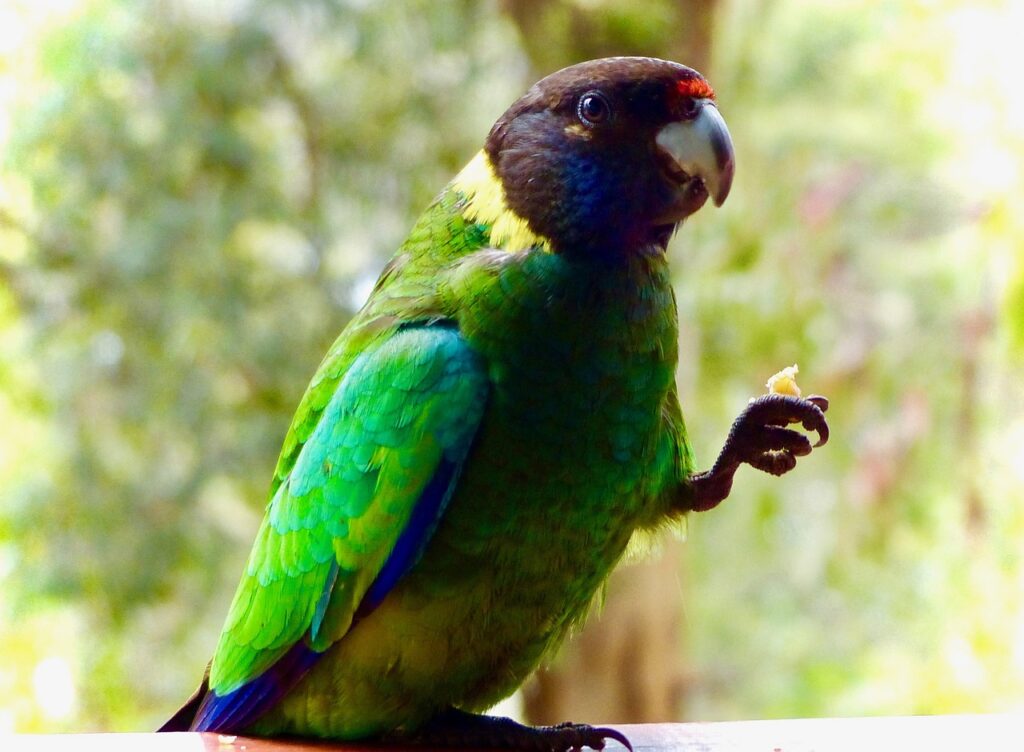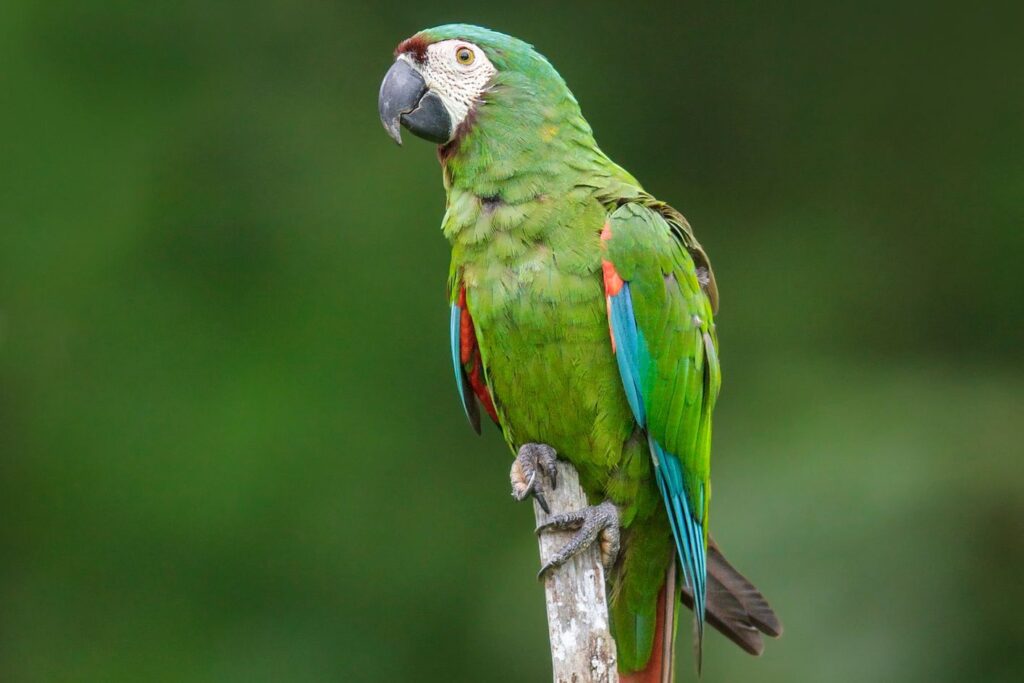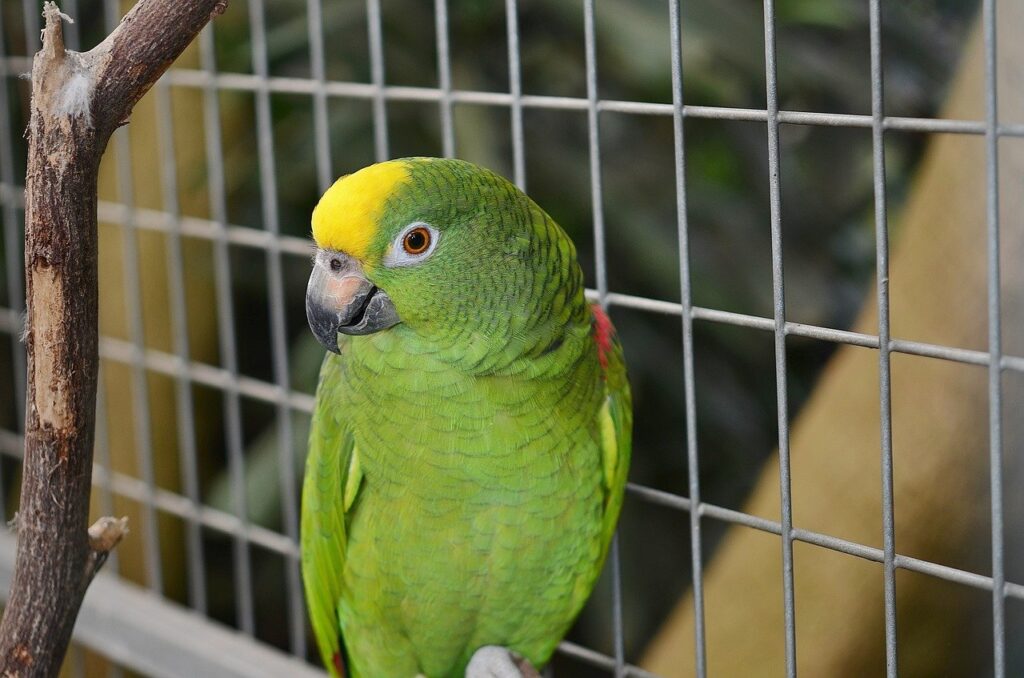Table of Contents
ToggleIntroduction

Parrots, with their vibrant plumage and intelligent personalities, have long been cherished as captivating and affectionate pets. However, like all living beings, parrots are susceptible to a range of health challenges that can impact their well-being. Understanding and addressing these diseases is essential for responsible parrot ownership. The world of avian health is diverse, encompassing ailments that range from common respiratory issues to more complex conditions affecting various systems of a parrot’s body. Parrots Diseases, it is crucial to be vigilant and informed, recognize the signs of illness, and take proactive measures to prevent and manage diseases.
Nutritional Deficiencies
Proper nutrition is a cornerstone of ensuring the health and vitality of our pet parrots. A balanced diet not only supports their physical well-being but also contributes to their mental and emotional health.
Importance of a Balanced Diet for Parrots
A balanced diet is fundamental for parrots as it provides essential nutrients required for various physiological functions. From vibrant plumage to strong bones, a well-rounded nutritional intake supports every aspect of a parrot’s health. A deficiency in key nutrients can compromise their immune system, reproductive capabilities, and overall longevity. Therefore, caretakers play a pivotal role in curating a diet that mirrors the diverse nutritional needs of their avian companions.
Common Nutritional Deficiencies and Their Effects
Vitamin A Deficiency: Essential for vision, immune function, and skin health, a lack of Vitamin A can lead to respiratory issues, skin problems, and compromised immune responses in parrots.
Calcium Deficiency: Crucial for bone health and proper egg formation, calcium deficiency may result in brittle bones, egg-binding in females, and a higher susceptibility to fractures.
Vitamin D Deficiency: Linked to calcium metabolism, Vitamin D deficiency can lead to skeletal deformities, improper bone growth, and weakened immune function.
Iron Deficiency: Essential for oxygen transport in the blood, iron deficiency may cause anemia, lethargy, and a decrease in overall energy levels.
Dietary Guidelines for Preventing Deficiencies
Varied and Nutrient-Rich Diet: Offer a diverse array of fresh fruits, vegetables, nuts, seeds, and high-quality pellets to ensure a broad spectrum of essential nutrients.
Supplementation: In consultation with an animal veterinarian, consider appropriate vitamin and mineral supplements to address specific deficiencies or meet increased nutritional needs, especially during breeding or molting periods.
Monitoring and Adjusting: Regularly assess the parrot’s health, including the condition of feathers, beak, and droppings, to identify any signs of nutritional deficiencies. Adjust the diet accordingly based on age, health status, and seasonal variations.
Infectious Diseases
Avian Polyomavirus
Characteristics and Transmission: Avian Polyomavirus is a viral infection that primarily affects young parrots, particularly those under the age of 6 months. Feather abnormalities, delayed crop emptying, and hemorrhages characterize it. Transmission occurs through contact with contaminated feces, feather dust, or oral secretions. The virus can spread rapidly in breeding environments or places with high bird density.
Vaccination and Prevention: Vaccination against Avian Polyomavirus is available and is a crucial preventive measure, especially for birds at higher risk, such as those in breeding programs. Additionally, maintaining strict hygiene practices, including regular cleaning of cages, toys, and accessories, helps reduce the risk of transmission. Isolating new birds and monitoring their health before introducing them to an existing flock is also an effective preventive strategy.
Aspergillosis

Fungal Infection in Parrots: Aspergillosis is a respiratory infection caused by the fungus Aspergillus. Parrots, with their sensitive respiratory systems, are particularly vulnerable. The fungus can invade the respiratory tract, leading to breathing difficulties, lethargy, and, in severe cases, systemic infection. As the fungus thrives in damp and moldy environments, poor ventilation and hygiene contribute to its proliferation.
Environmental Considerations for Prevention: Preventing Aspergillosis involves maintaining a clean and dry living environment. Regularly clean cages and remove any damp or moldy bedding. Ensure proper ventilation to reduce humidity levels. Store food in a dry place and discard any spoiled or moldy items promptly. Additionally, pay attention to the quality of the substrate used in cages to prevent fungal growth. If respiratory symptoms are observed, prompt veterinary intervention is crucial for accurate diagnosis and treatment.
Preventive Measures
Ensuring the health and well-being of parrots involves a proactive approach to disease prevention. Several key preventive measures contribute to maintaining optimal conditions for these intelligent and colorful avian companions.
Regular Veterinary Check-ups
Routine veterinary check-ups are indispensable in monitoring the overall health of parrots. Avian veterinarians can conduct thorough examinations, assess nutritional status, and administer vaccinations. Regular check-ups detect health issues early, allowing prompt intervention and customized preventive measures for each bird.
Proper Hygiene and Cleaning Practices
Cleaning and hygiene are essential to preventing infectious diseases. Always disinfect cages, perches, toys, and feeding utensils to minimize the risk of bacterial and fungal growth. Correct removal of droppings and maintaining dry circumstances also contribute to improving the environment and reducing the likelihood of respiratory infections and parasitic infestations.
Creating a Stress-Free Environment

Stress can compromise the immune system of parrots, making them more susceptible to illnesses. Creating a stress-free environment involves providing ample opportunities for mental stimulation, social interaction, and play. Consistent routines, comfortable living spaces, and minimizing exposure to potential stressors, such as loud noises or sudden changes, contribute to a healthier and happier parrot.
Monitoring Behavioral Changes as Early Indicators
Understanding the normal behaviors of parrots enables caretakers to recognize subtle changes that may indicate underlying health issues. Regularly monitor eating habits, activity levels, vocalizations, and social interactions. Behavioral changes, such as a decrease in appetite, lethargy, or changes in plumage appearance, can be early indicators of health concerns. Timely recognition of these signs allows for prompt veterinary attention and the implementation of appropriate preventive measures.
Conclusion
In the exploration of parrot diseases, we’ve delved into the intricate tapestry of avian health, gaining insights into the potential challenges that can affect our vibrant and intelligent companions. As stewards of these feathered friends, it is incumbent upon us to be vigilant, informed, and proactive in safeguarding their well-being.
Understanding the diverse array of diseases that can afflict parrots provides a foundation for responsible ownership. From respiratory infections to nutritional deficiencies, the spectrum of ailments underscores the importance of a holistic approach to avian health care. Regular veterinary check-ups, a balanced diet, and a keen awareness of behavioral changes are pivotal components of maintaining the health and happiness of our parrot companions.







